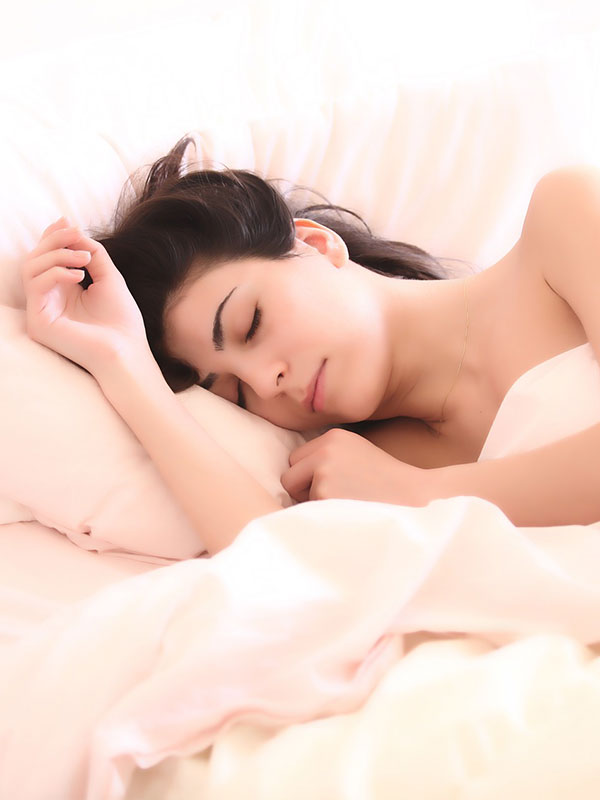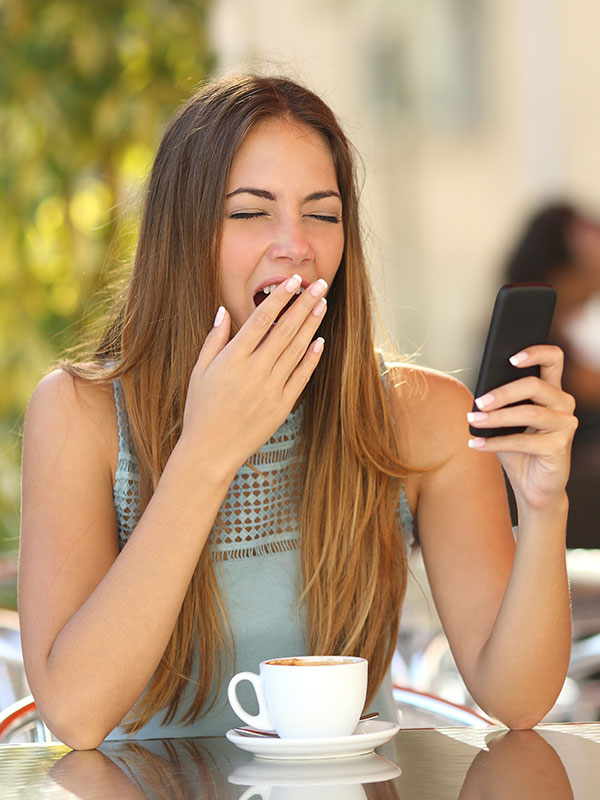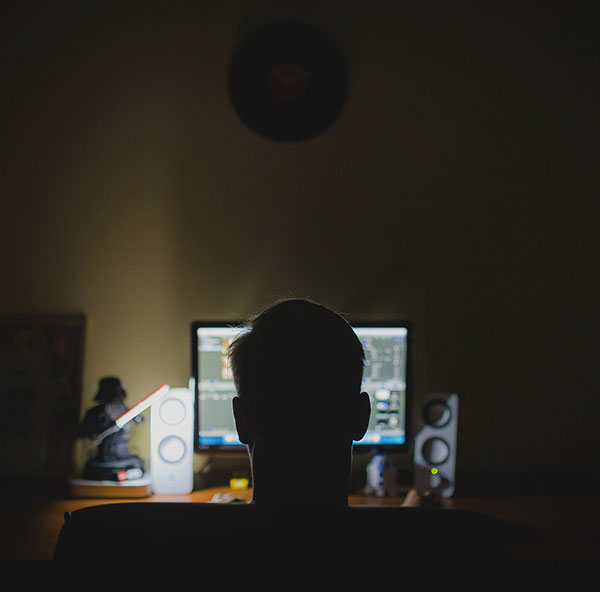Sleep & Attention
The most common type of medical problem that occurs in patients with ADHD are sleep disorders. As many as 56% of children with ADHD will have problems falling asleep (sleep onset insomnia). About 39% of children with ADHD will wake repeatedly. And over half of the children with ADHD will still be exhausted in the morning.


So how much sleep do we need?
No matter how old you are, getting six or less hours of continuous sleep is a problem. From our perspective, it’s one of the leading reasons why so many of our college and adult patients struggle not only with attention problems, but also with anxiety and depression. Even a single night of getting less than 6 hours of sleep will create these kinds of problems. Most college students and adults lock into a pattern of chronic sleep deprivation and search for answers everywhere but in the bedroom.
What if My Child or I Can’t Fall Asleep?
There are several strategies that you could consider. First, make sure that you have breakfast and lunch meals that give you enough protein to make brain “awakening” neurotransmitters during the day, and the “sleep” neurotransmitter, melatonin, at night. You also do not want to have dinner 1-2 hours before bedtime, or having chocolate or caffeine at night.
You can also consider substituting the type of lightbulbs that you use in the rooms that you most use in the evening. The Good Night Bulb (available on Amazon) produces a bright light but eliminates the “blue” light spectrum. Controlled studies comparing use of this type of light with melatonin supplements indicated that it works just as well or better.
Some adults and teens have found that sleep aid apps (e.g. on Banzai Labs) can help to slow the brain down so that you can fall asleep. Because the brain will tend to “pulse” at the same rate as a dominant tone or light, use of this type of treatment (called Audio Visual Entrainment or A.V.E.) can help produce more rapid sleep onset. This can also be combined with aroma therapy using scents like lavender, chamomile, bergamot, jasmine, and rose.

Are there any supplements or medications that can help?
We have also found that the supplement L-theanine can help you calm down, and reduce those random thoughts that keep us awake at night. Doses of 100-150 mg taken 1-2 hours before bedtime can help with the transition to sleep. Anti-hypertensive medications like guanfacine, Intuniv and clonidine can help, if these other strategies are not working. There are other types of medications called that can be prescribed as sleep aids. However, because of the side effects and addictive potential of many medications used to promote sleep, we work with our patients to explore other options first.
Have other questions? Need more information?
Visit our store for books, videos and classes or contact us.